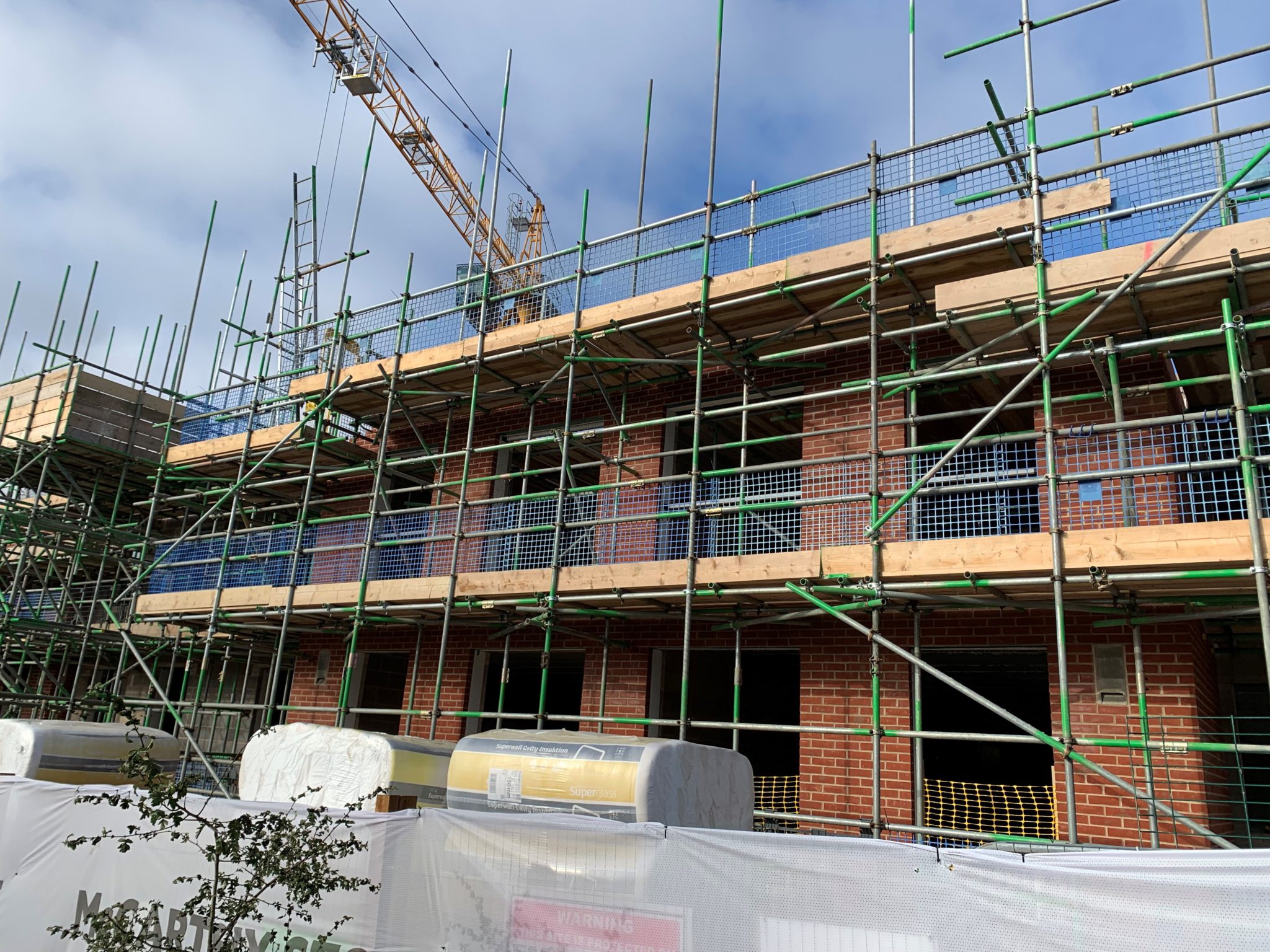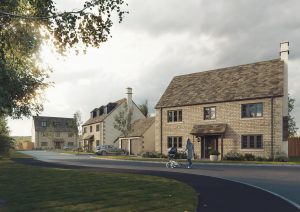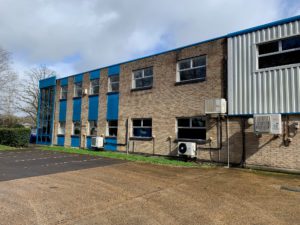Working on a non domestic building project? You may need SBEM calculations. Read on to find out more.
SBEM, which stands for Simplified Building Energy Model, is a set of calculations that are used by the government to measure the energy performance of both existing and new non-dwellings/commercial properties. By taking into account the size, orientation, geometry, construction and systems, it helps to measure the energy needed for heating, cooling, ventilation and lighting the build. Once the results are in, it will identify new ways for you to save money and improve the building’s energy performance by pinpointing the steps needed to alter the energy efficiency, helping you to pass the Part L compliance.
As a key requirement of the UK building regulations, It’s definitely not one to ignore. So, if you are considering starting work to an existing build, make sure to do your research on SBEM calculations! But don’t worry, we’ve got your back! In this blog, we will be covering everything you need to know about SBEM calculations for existing, non domestic buildings.
What is a non domestic building?
Non domestic builds can be described as a property that is not used as a place of permanent or semi-permanent residence. Examples include:
- Houses
- B&B accommodation
- Holiday homes
- Shops
- Offices
- Factories
- Schools
- Warehouses
- Restaurants and pubs
- Town halls
These types of non dwellings will require a SBEM calculation. Whilst a domestic dwelling such as a house or apartment requires a SAP calculation when looking at the energy performance.
RELATED: SBEM CALCULATIONS FOR COMMERCIAL NEW BUILDS | COMPLETE GUIDE 2021
Does my existing, non-domestic building need an SBEM calculation?
Whether you are looking to refurbish, retrofit or add an extension to your build, it is likely you will need to do a SBEM calculation. For example if your extension to your existing build exceeds 100m2 and is greater than 25% of the total floor area of the existing build, you will need a SBEM. However, if the build has a total floor square of less than 50m2, a SBEM calculation would not be required.
If you own a building that is both a dwelling and non-dwelling – such as a block with shops on the ground floor and flats above – an SBEM will apply to the shop and common areas of the flats (stairways and corridors). The flats, on the other hand, will require a SAP calculation.
There are also some commercial buildings that are exempt. Places of Worship, temporary builds and buildings with low energy demands will not need a SBEM calculation. However, always make sure to contact your local building control before making any assumptions regarding exemptions.
There’s a lot to consider, but if you are unsure whether your existing, non-domestic build needs a SBEM, send us a message and we can discuss your situation to offer you the best advice possible.
What’s the process for SBEM calculations on existing buildings?
The assessment will happen in two sections: the design stage and the As-Built stage:
Typically, it is recommended that SBEM calculations are utilised in the design stage of the work on the existing build so that you can maximize any available options to reduce energy use by getting more creative with cost effective solutions.
At the technical design stage, an initial assessment will be carried out to determine the Energy Performance Certificate (EPC) rating. Assessors will carefully look at building plans, drawings and specifications to create an assessment based on the designs to help ensure compliance with Part L2. If the build does not meet requirements, assessors, like us, will work with you to provide a solution.
The As-Built stage takes place once the refurbishment is nearly complete. Assessors will accurately update their calculations with the final fit-out specification, ready to issue the final As-built documentation and certifications for sign off.
On completion of the build, evidence will be collected for the final specification which will help to produce the EPC. If you ever plan to sell the build, findings from the EPC will help to market the build! Super important.
Does Buildpass provide SBEM calculations?
Yes! If you are refurbishing your existing non-domestic build, we are qualified to provide SBEM Assessments up to Level 5. We have many years of experience putting together calculations, from the smallest office to the largest commercial development! Give us a call or get booked in for a consultation – We’d be happy to help.




















